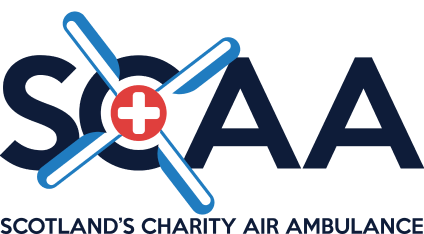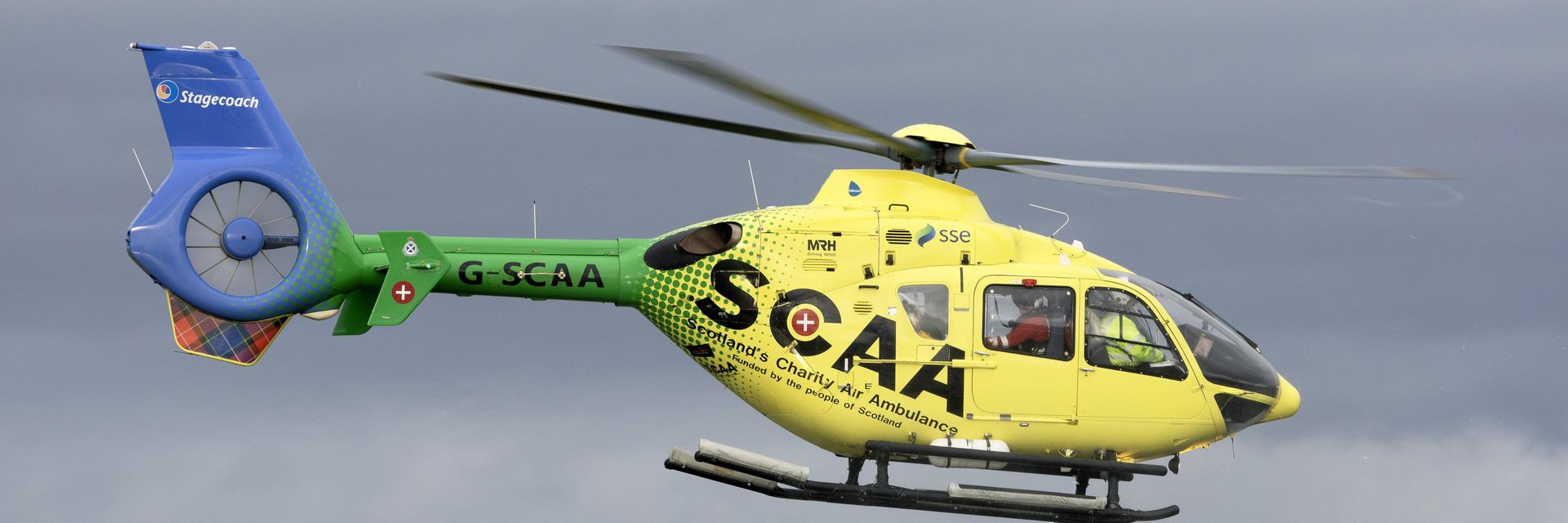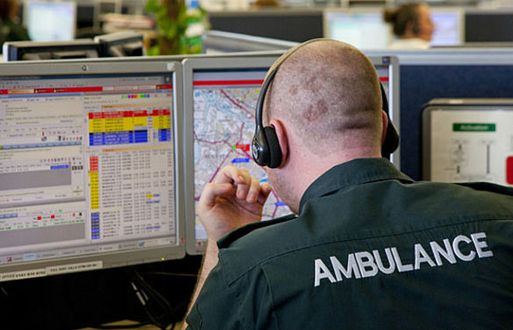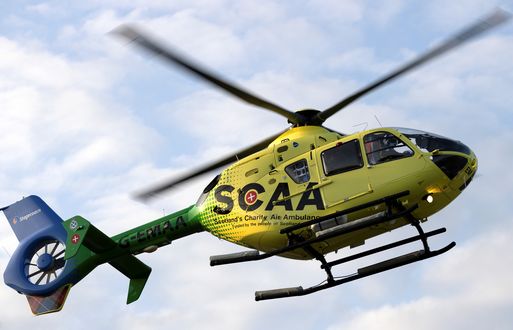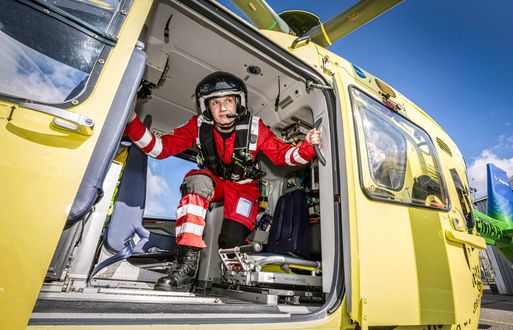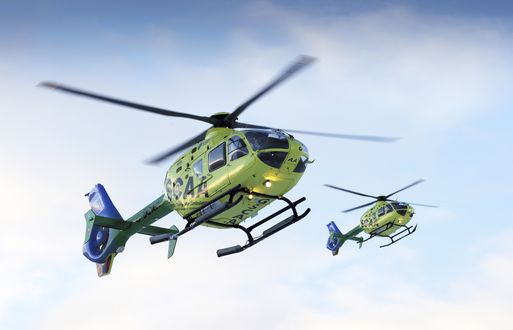SCAA FAQs
-
SCAA has two bases - one in Perth and one in Aberdeen. Both bases have one air ambulance helicopter and one Rapid Response Vehicle which are online 365 days of the year. We also have charity staff located at both bases.
-
The Scottish Ambulance Service (SAS) is funded by the government. SAS operates two helicopter air ambulances and two fixed wing aircraft. SCAA was formed to increase the capacity and resilience of our national response to time-critical medical emergencies across the country. It’s a daily challenge for our emergency services to cope. SCAA is now a seamlessly integrated and indispensable part of our emergency services.
-
We need to raise £10 million annually to maintain our life-saving service.
-
SCAA covers the largest charity air ambulance operational area in the UK – around 30,000 square miles. We serve the entire population of Scotland, which currently equates to over 5 million people.
-
We get called to a wide variety of trauma emergencies including RTCs, equestrian injuries, agricultural, industrial and sporting injuries, falls and impact injuries. We also respond to a wide range of medical illnesses, including strokes and cardiac emergencies.
-
Our RRVs are used for emergencies within close proximity to our bases at Perth and Aberdeen Airport. Sometimes travelling by car is the quicker option to get our paramedics to the scene. If we have a day when our helicopters are offline due to unscheduled maintenance or poor weather, the RRVs give us the capability to still provide a life-saving service.
-
This is dependent upon the weight of individuals. However, there is space for 1 pilot, 2 paramedics, 1 patient and 1 patient escort or consultant doctor.
-
We operate 12 hours a day, 7 days a week, 365 days a year.
-
Approximately 5 minutes.
-
Approximately 90 minutes. There are many locations for re-fuelling whilst out on a life-saving mission, including Dundee, Oban, Edinburgh and Prestwick.
-
On average, we fly at 130mph, with a top speed of around 160mph. We usually cruise at 1500-2000 ft above ground level.
-
No, we lease the helicopters from Babcock MSC Ltd. This agreement includes pilots, maintenance and replacement helicopters when ours are undergoing maintenance.
-
There are many ways you can help, from making a donation to volunteering. For further information click 'Support Us' at the top of this page or call us on 0300 123 1111.
